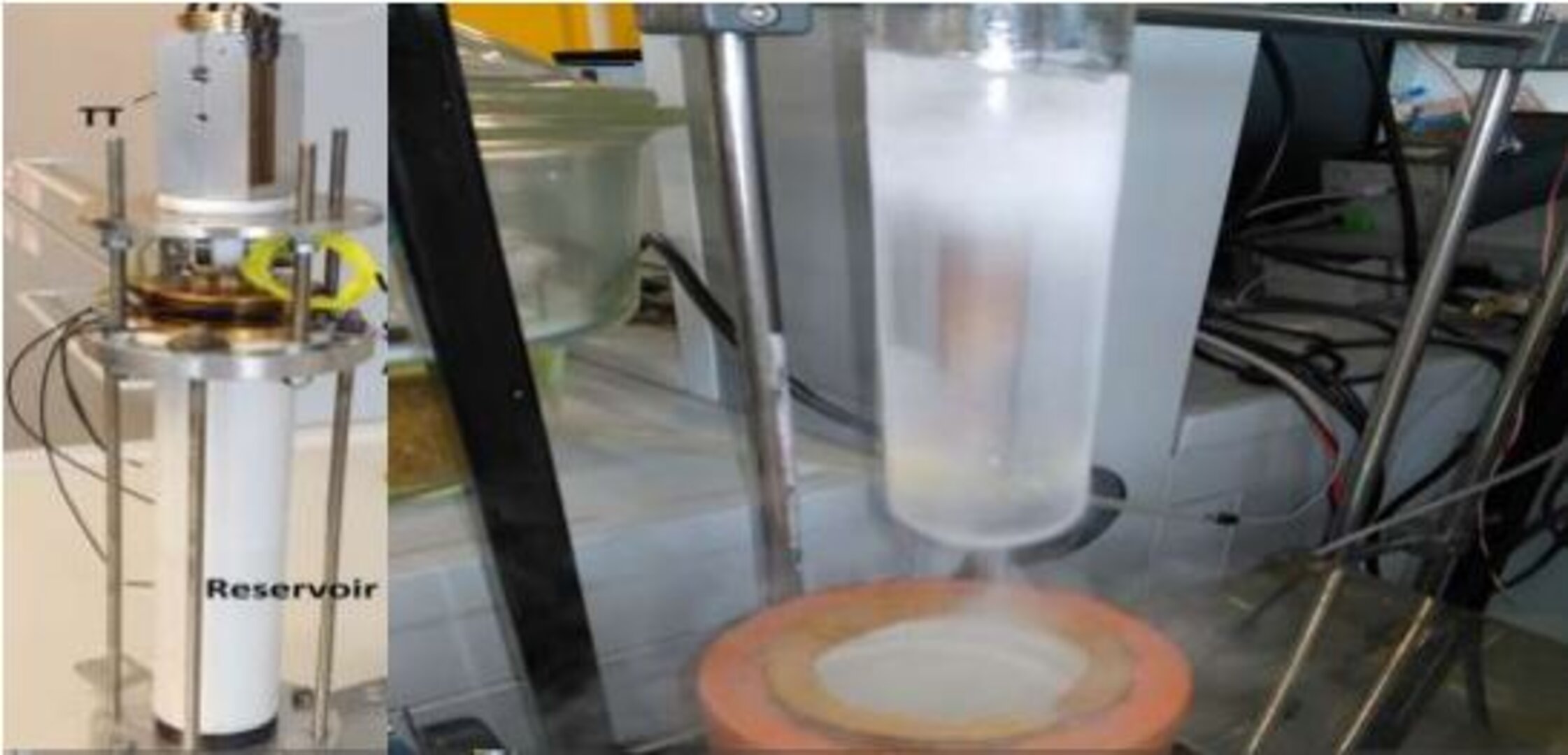Use of Iodine as a Propellant for Hall Effect Thrusters
A high atomic mass and good ionisation properties make xenon the propellant of choice for state-of-the-art space electric propulsion systems. Yet its cost and availability, together with the limitations seen when it has been used in pressurised systems in small satellites has spike interest in the search for new propellants, suitable for Hall and Gridded Ion thrusters. Several candidate propellants have been considered, each presenting different advantages and drawbacks. Iodine is comparable to xenon in terms of performance, with the advantage that it does not required pressurised propellant storage systems , meaning that it has lower costs overall. A recently concluded activity with TDE and Sitael, in Italy, has developed a feeding system to assess whether iodine could realistically be an appropriate alternative to xenon in Hall Effect thrusters. The activity developed an iodine feeding system for 200W-class electric thrusters capable of operating under vacuum conditions and was able to test it coupled to a Hall thruster. The feeding system was designed to provide and control the iodine mass flow rate to the thruster. Additionally, since iodine is a halogen, the activity had to develop test techniques and the tools needed to perform them, to make sure a suitable compatibility analysis could be conducted to see how iodine would work wih materials commonly used in space. The feeding system was developed and characterized, able to control the iodine mass flow rate and the test campaign of the propulsion system using a xenon-fed cathode is ongoing. Next, the activity plans to demonstrate the functionality of a complete iodine-fed propulsion subsystem while also investigating iodine s material compatibility and plume-spacecraft interactions.
T719-501MP closed in January 2021.


